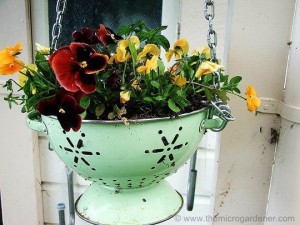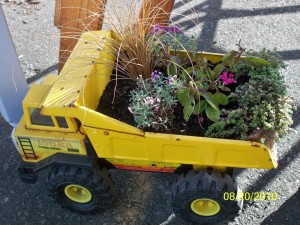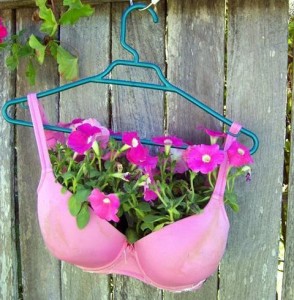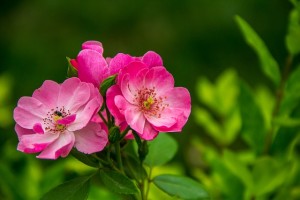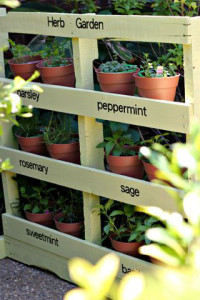Repurpose on Purpose: Trash Transforms into Beautiful Containers
Container gardening adds a whole new element of style and flair to your outdoor space. Not only do you get to showcase 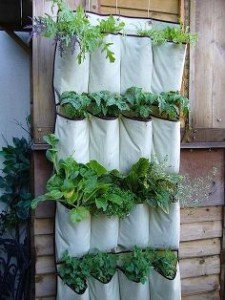 your style through plants, but also in the unique pots you choose. It’s twice the fun!
your style through plants, but also in the unique pots you choose. It’s twice the fun!
And you can do it for the planet, too. Growing herbs, veggies and flowers already makes the world a greener place. Now reuse and repurpose a forgotten item into an invigorated planter. Upcycling creates less waste and saves money, too.
Create a repurposed container for a beautiful (and thrifty!) container garden.
Your soon-to-be favorite container may already be in your house. Almost any vessel can be repurposed into a garden container! You’ll be amazed by what you discover (and by what containers you didn’t even know were hiding in your cupboards).
Up for Grabs: Upcycled Containers
- Pin Your Style. Create a look that is truly all your own. Decide if you want a rustic, modern, country or bold look. Then browse Pinterest for inspiration.
- Start the Search. Browse your kitchen, closet, garage and cupboards for items you no longer use. Any size works! Branch out to yard sales, thrift stores and flea markets for more unique looks.
- Add a Special Touch. Personalize your container by painting it, covering it in old wallpaper, or even turning it into a mosaic. Get crafty!
- Show Them the Drill. Then Fill. Drill holes in the bottom of your repurposed container to provide drainage. Without drainage holes, soil becomes too wet and causes roots to rot. When ready, fill with the ideal potting soil, Espoma’s Organic Potting Mix, and your favorite plants.
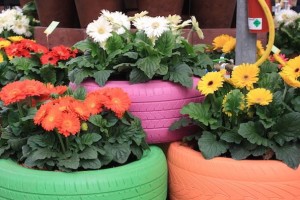
These upcycled tires are stacked and painted- as seen by Ellen Wells at Syngenta
Other Types of Repurposed Containers:
Get inspired by some of our favorite items to turn into garden planters below.
- Teacups and teapots
- Pitchers
- Tires
- Boots and shoes
- Colanders
- Desk drawers
- Buckets
- Wine crates and whiskey barrels
- Wheelbarrows and wagons
- Clothes and lingerie
- Toolboxes
- Suitcases
- Watering cans
Creating repurposed containers is a quick, affordable and fun way to expand container gardens. Once you start, the possibilities are endless!
*thank you MicroGardener for the photos!

